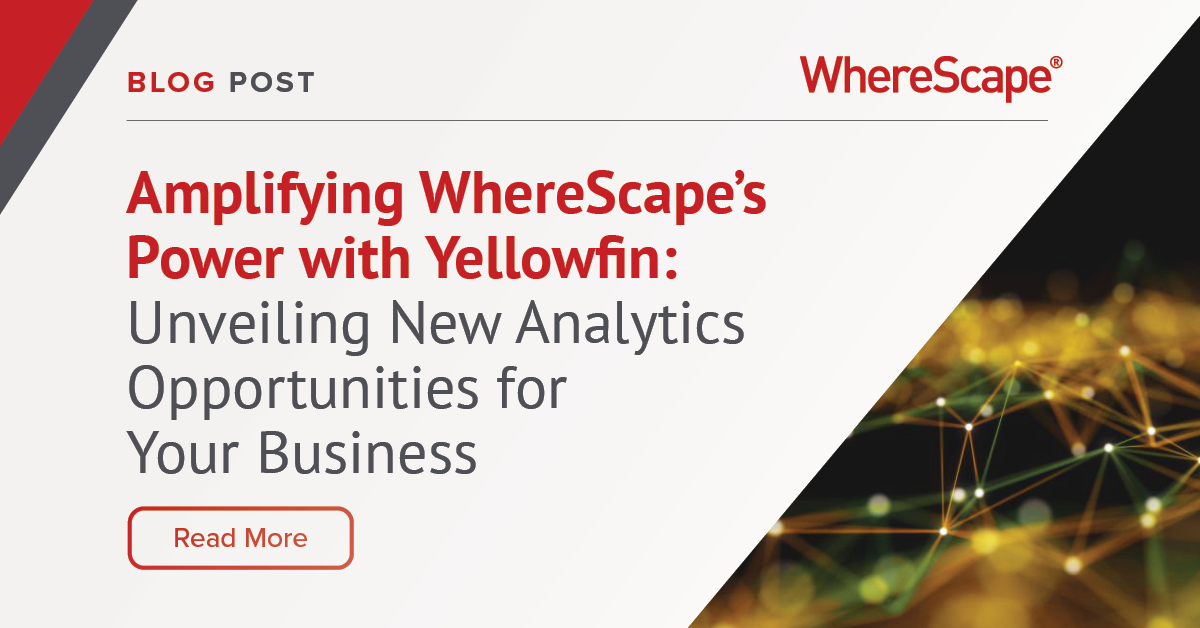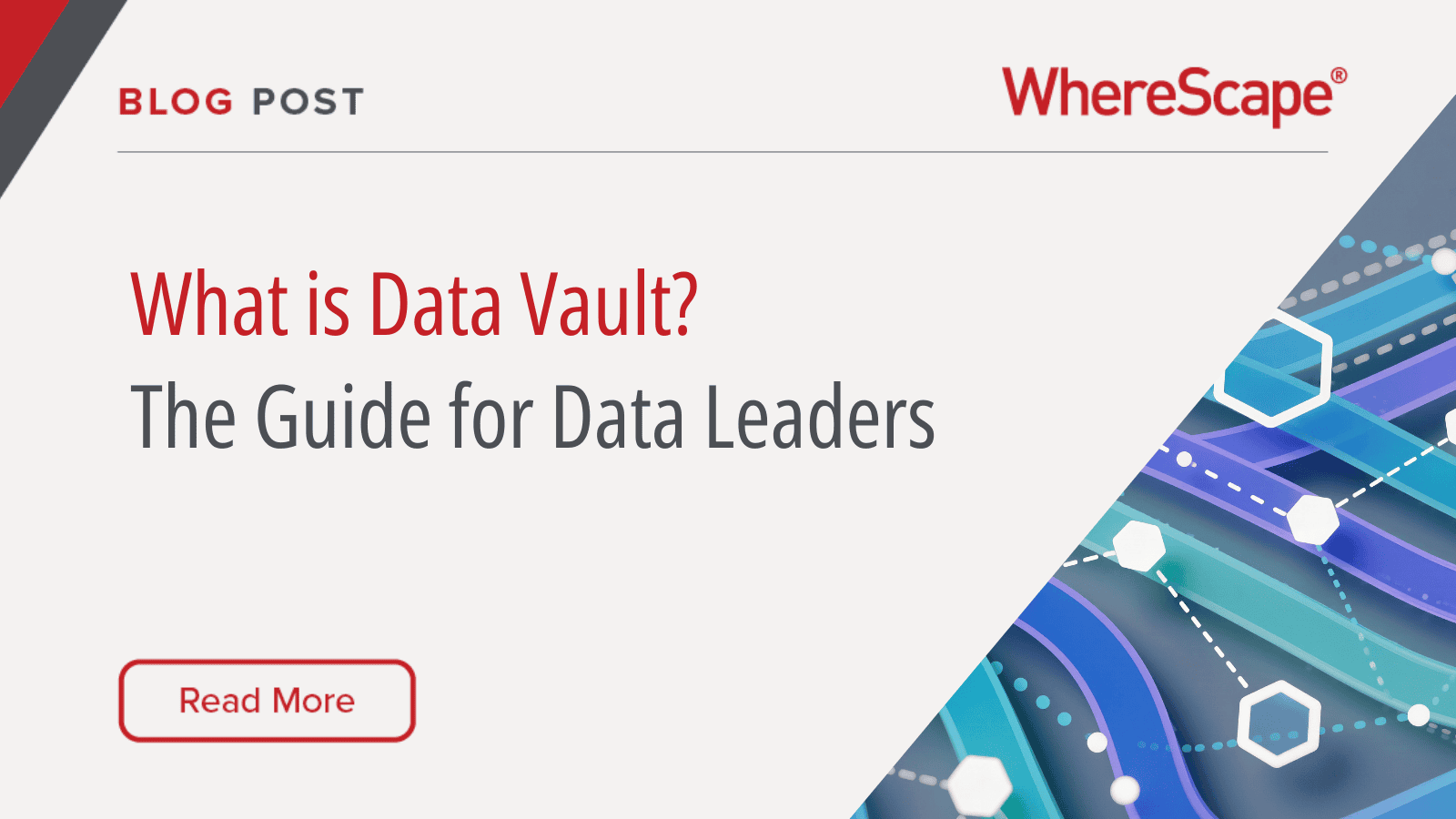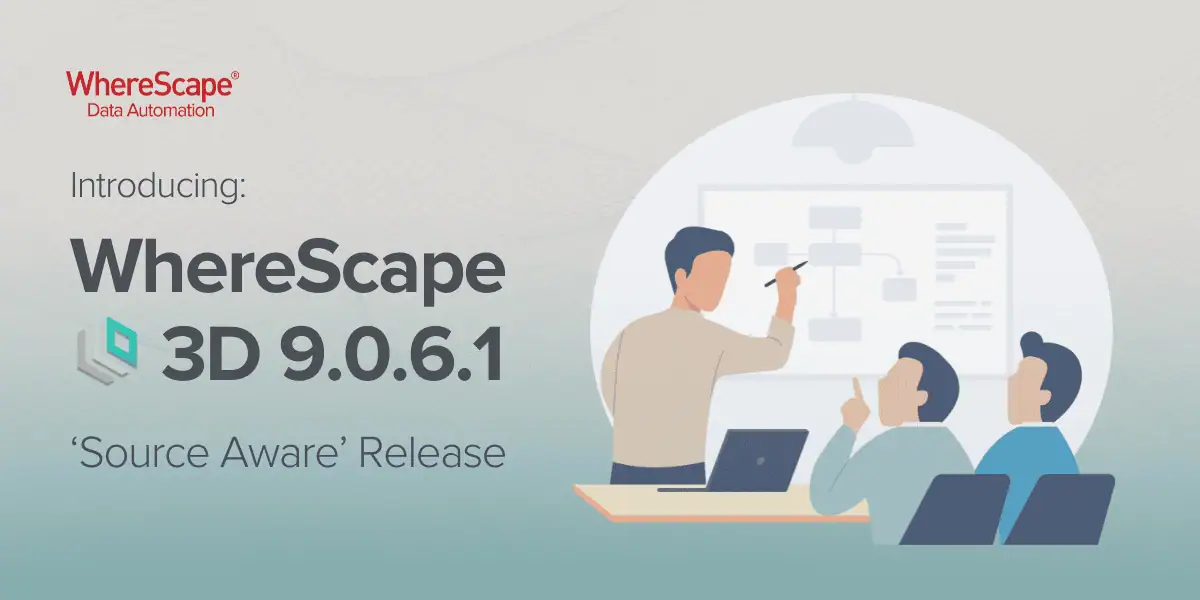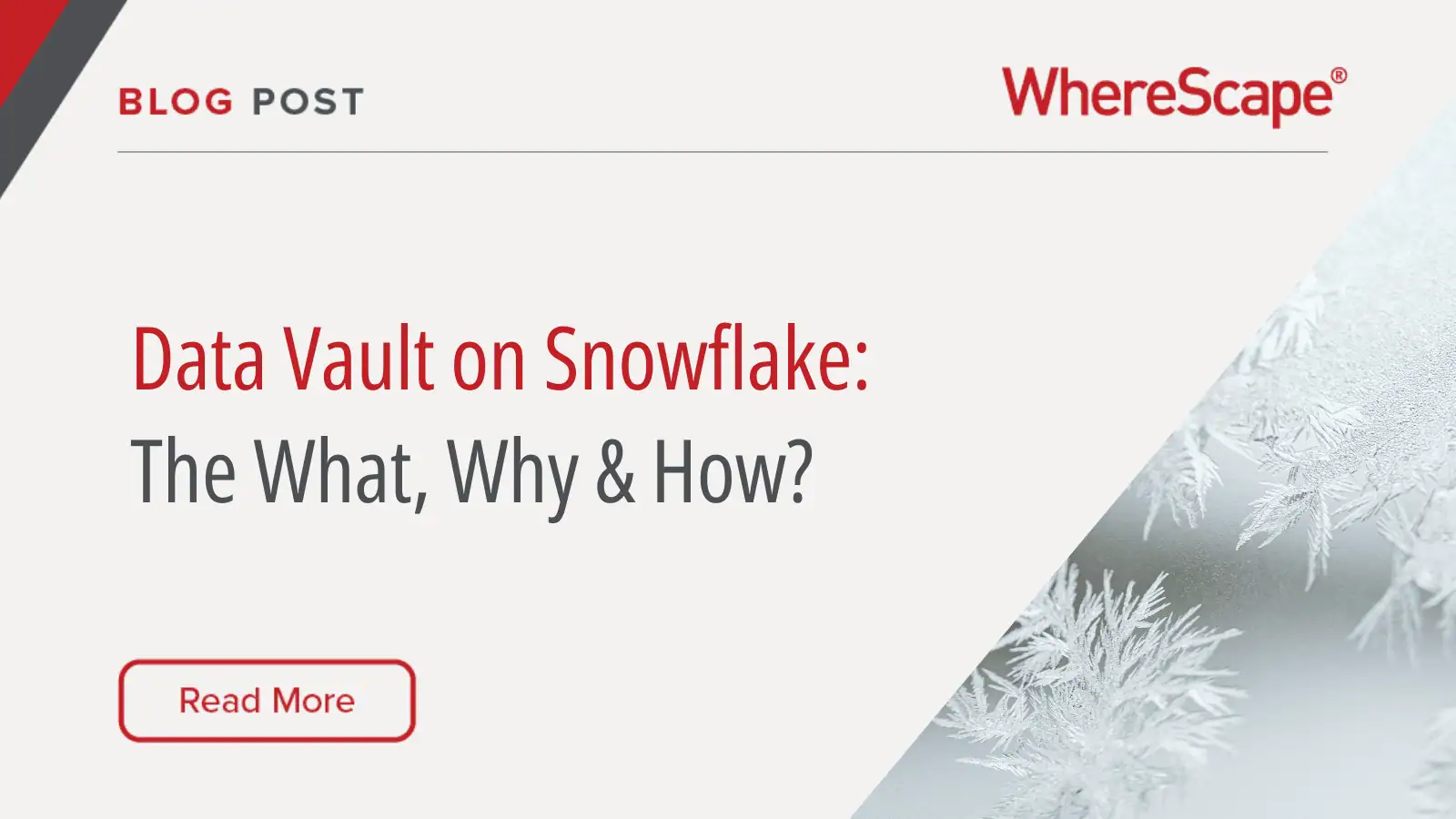In an age dominated by vast amounts of information, the emphasis on data-driven decision-making has never been greater. The landscape of Business Intelligence (BI) and data analytics has seen a remarkable evolution, emphasizing solutions that can seamlessly integrate to provide better, more informed decision-making outcomes.
WhereScape: The Cornerstone of Your Business Operations
WhereScape has always stood out as an essential platform, serving businesses with robust capabilities. As a trusted solution, it provides firms with the tools to transform complex data into actionable insights efficiently. Users of WhereScape understand their distinct advantage in navigating the vast sea of information, ensuring that data-driven strategies are not just buzzwords but a tangible reality.
Yellowfin: Completing the Picture
Enter Yellowfin — a BI platform that is an impeccable complement to WhereScape. With its open architecture and versatile capabilities, Yellowfin opens doors to a range of functionalities that, when paired with WhereScape’s prowess, can redefine analytics as we know it. Whether it’s about enhancing data visualization, improving reporting mechanisms, or providing a more intuitive user experience, integrating Yellowfin into the WhereScape ecosystem promises unmatched benefits.
Practical Examples of Integration
Imagine a scenario where a business, already leveraging the strengths of WhereScape, wishes to delve deeper into trend analysis. With Yellowfin’s intricate data visualization capabilities, the same industry can identify patterns, predict future trajectories, and make informed decisions faster. Or consider an enterprise that relies heavily on WhereScape for data warehousing. Integrating with Yellowfin could allow them to deploy new dimension tables swiftly, streamline view layers, and optimize reporting, thus reducing time-to-insight significantly.
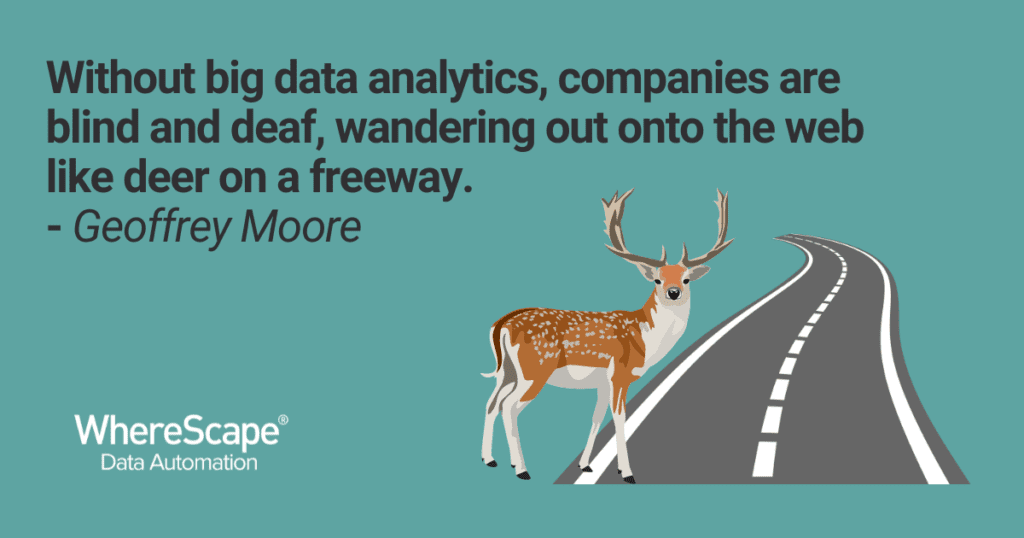
Why You Should Attend the Upcoming Webinar
While this article provides a snapshot of what’s possible with integrating Yellowfin and WhereScape, the on-demand webinar offers a more immersive experience. By attending, you can witness these synergies in real-time and engage with experts who’ve mastered the intricacies of both platforms. And remember, even if you miss the live session, a recording will be available, ensuring you never miss out on discovering how this potent integration can be a game-changer for your organization.

